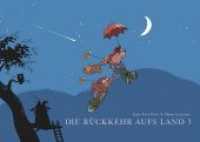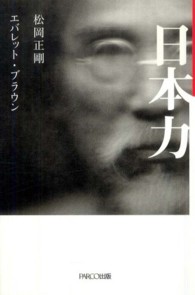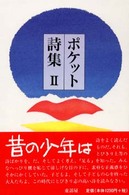- ホーム
- > 洋書
- > 英文書
- > Nature / Ecology
基本説明
Drawing upon the experience of urban centres, including Toronto, Chicago, New York, and London, The Culture of Flushing carefully analyzes more then two hundred years of history to describe how we conveniently came to view streams as nature's sewers, and how water, one of our planet's most precious resources, became an acceptable medium for the disposal of urban and industrial waste.
Full Description
To most, the flush of a toilet is routine: the way we banish waste and ensure cleanliness. It is safe, efficient, necessary, nonpolitical, and utterly unremarkable. Yet Jamie Benidickson's examination of the social and legal history of sewage in Canada, the United States, and the United Kingdom demonstrates that the uncontroversial reputation of flushing is deceptive. The Culture of Flushing is particularly relevant in a time when community water quality can no longer be taken for granted, as it investigates and clarifies the murky evolution of waste treatment.
The Culture of Flushing is essential reading for specialists in environmental history, environmental law, public health, engineering, and public policy. Those concerned with protecting water quality and the environment will also find it unique, comprehensive, and accessible.
Contents
Foreword: Risk and Responsibility in a Waste-Full World / Graeme Wynn
Acknowledgments
Introduction
1 The Advantage of a Flow of Water
2 Navigating Aquatic Priorities
3 A Source of Civic Pride
4 The Water Closet Revolution
5 Municipal Evacuation
6 Learning to Live Downstream
7 The Bacterial Assault on Local Government
8 The Dilutionary Impulse at Chicago
9 Separating Water from the Waterways
10 Streams Are Nature's Sewers
11 Riparian Resurrection
12 Governing Water
Conclusion
Notes
Suggested Reading
Index








